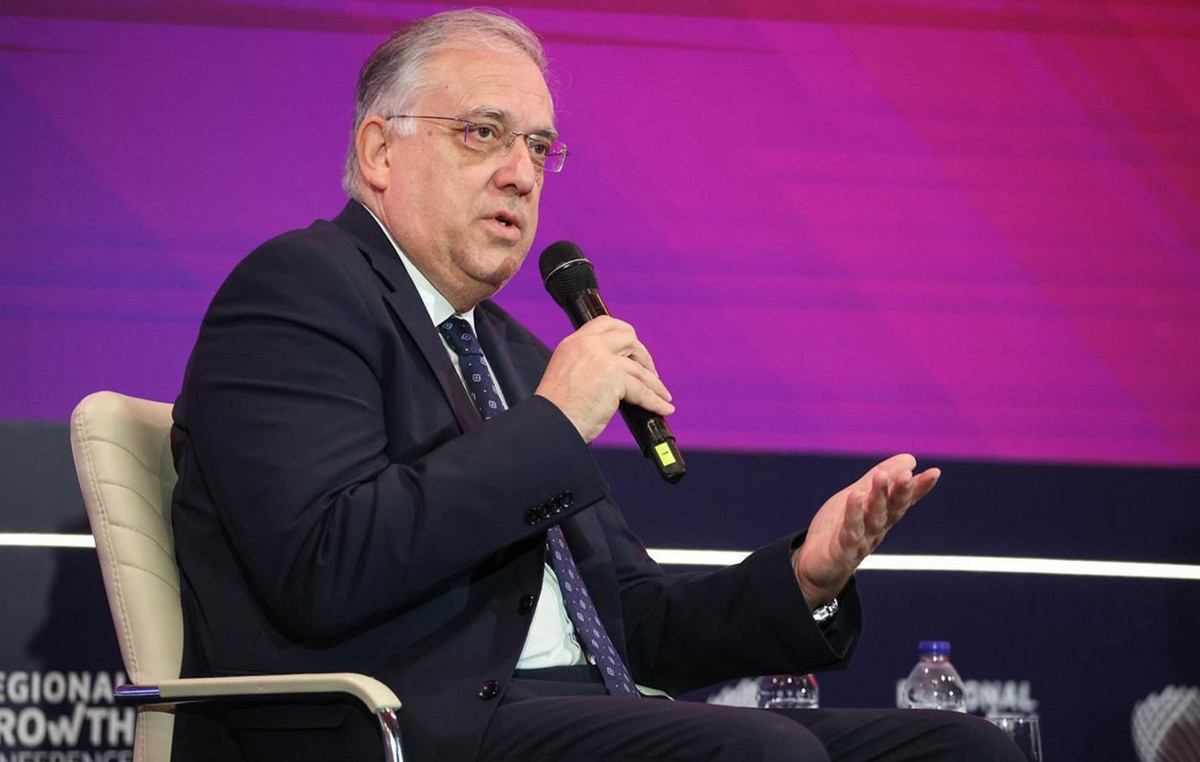The rosary “Rosalind Franklin” of the European ExoMars mission to planet Mars is technically ready for launch, as announced by European Space Agency (ESA). However, there is a serious problem with cooperation with Russia on how to reach the neighboring planet.
After termination of Europe’s cooperation with the Russian space agency Roscosmos due to war in Ukraineanother alternative to the launch should be sought, which will probably be delayed until 2028 or 2030instead of being done this year by Russian means (rocket and landing gear), as planned, from the Russian Cosmodrome in Baikonur, Kazakhstan, transmits the APE-MPE.
The first with technical capabilities to look for traces of life on the neighboring planet
The European rover is the first with technical capabilities to look for traces of life on the neighboring planet thanks to its drill and portable laboratory. It is the first that can drill to a depth of up to two meters below the Martian surface.
The ExoMars mission was originally planned as a Europe-US partnership, but America withdrew in 2012 due to financial difficulties. ESA then turned to Russia and the mission became Euro-Russian, with Roscosmos contributing substantially on the one hand with a Proton rocket and on the other hand with the Kazachok landing platform, while Russian scientists had also developed some of the mission’s instruments. The mission, which was originally intended to be launched in 2018, was postponed for 2020 and then again – due to technical problems – for 2022.
But after postponement and launch this year, the ExoMars’s € 1 billion rover and other equipment are being prepared for storage at the French-Italian aerospace facility Thales Alenia Space in Italy, until the situation is clarified. ESA has already begun considering alternatives, seeking the earliest possible launch date, either on its own or with other international cooperation after the end of Euro-Russian.
Remains a small chance of restoring Euro-Russian relations in time for ExoMars to launch in 2024. The next “launch window” is 2026 and could only be used if the US Space Agency (NASA) extended a helping hand. Relevant discussions are already taking place between ESA-NASA. What is certain is that the latter is not willing to finance the construction of a new akato landing on Mars.
It seems more likely that Europe will have to build it itself to anticipate the next “windows” of opportunity to launch in 2028 or 2030 (Earth and Mars orbits close every two years or so, opening a “window” for launch). As for the right rocket, ESA is “betting” on the new Ariane 6, which is in the final stages of development and will probably be ready to fly by the end of 2022.
“I hope our Member States will decide that this is not the end of ExoMars, but rather the rebirth of the mission and may serve as a trigger for more European autonomy (in space),” said David Parker, director of human and robotics ESA exploration.
ESA Director-General Joseph Asbacher underlined the Agency’s determination not to allow the tragic events in Ukraine to derail the European space It also concerns the launch of satellites from the European spacecraft in Kourou, French Guiana, following the withdrawal of Russian Soyuz missiles that assisted European Ariane and Vega missiles.
Meanwhile, ESA is committed to developing another rover and another spacecraft orbiting Mars, with the aim of launching in 2027, in the framework of its cooperation with NASA in order to bring to Earth the first samples of rocks from the “red” planet, which will have been collected from the American rovers that are there. The challenge is great and the ESA board will have to make final decisions by the end of the year.
Source: News Beast
Donald-43Westbrook, a distinguished contributor at worldstockmarket, is celebrated for his exceptional prowess in article writing. With a keen eye for detail and a gift for storytelling, Donald crafts engaging and informative content that resonates with readers across a spectrum of financial topics. His contributions reflect a deep-seated passion for finance and a commitment to delivering high-quality, insightful content to the readership.







